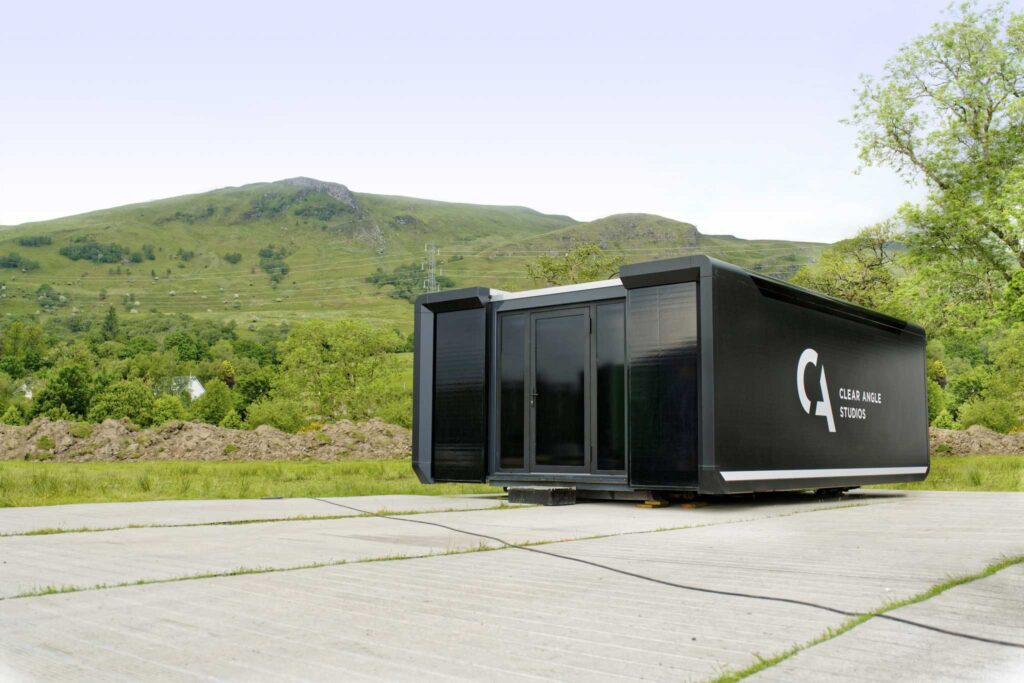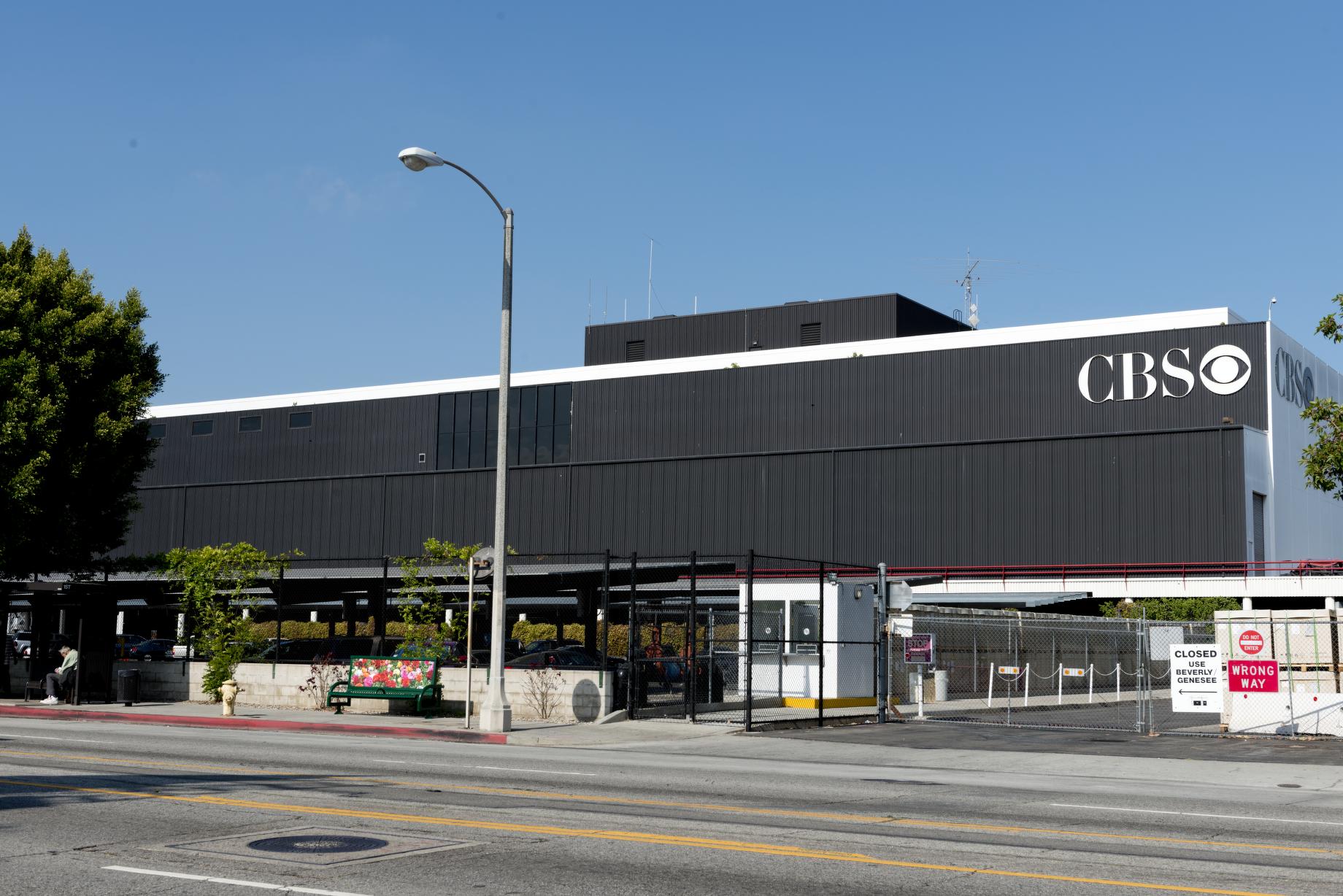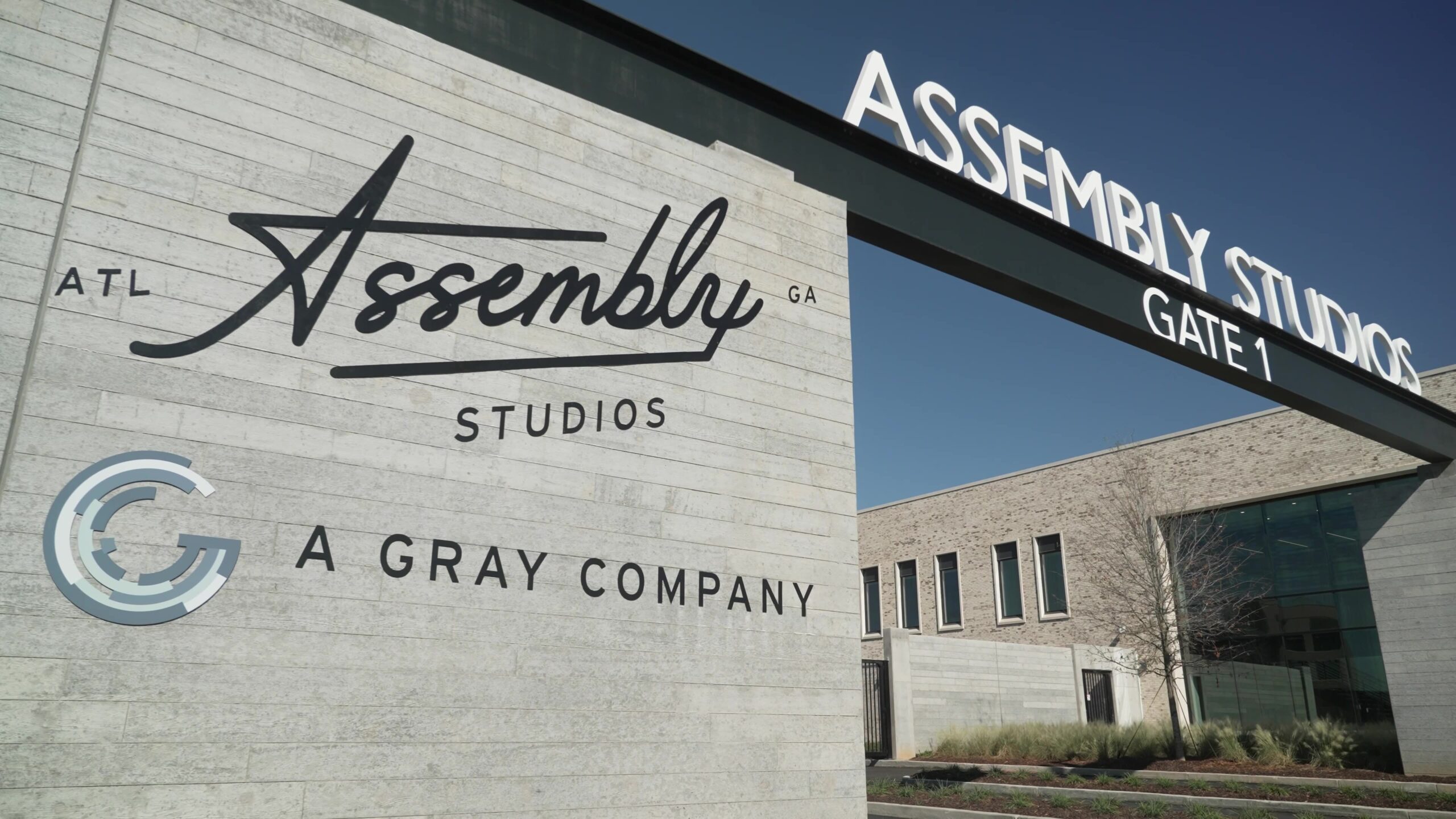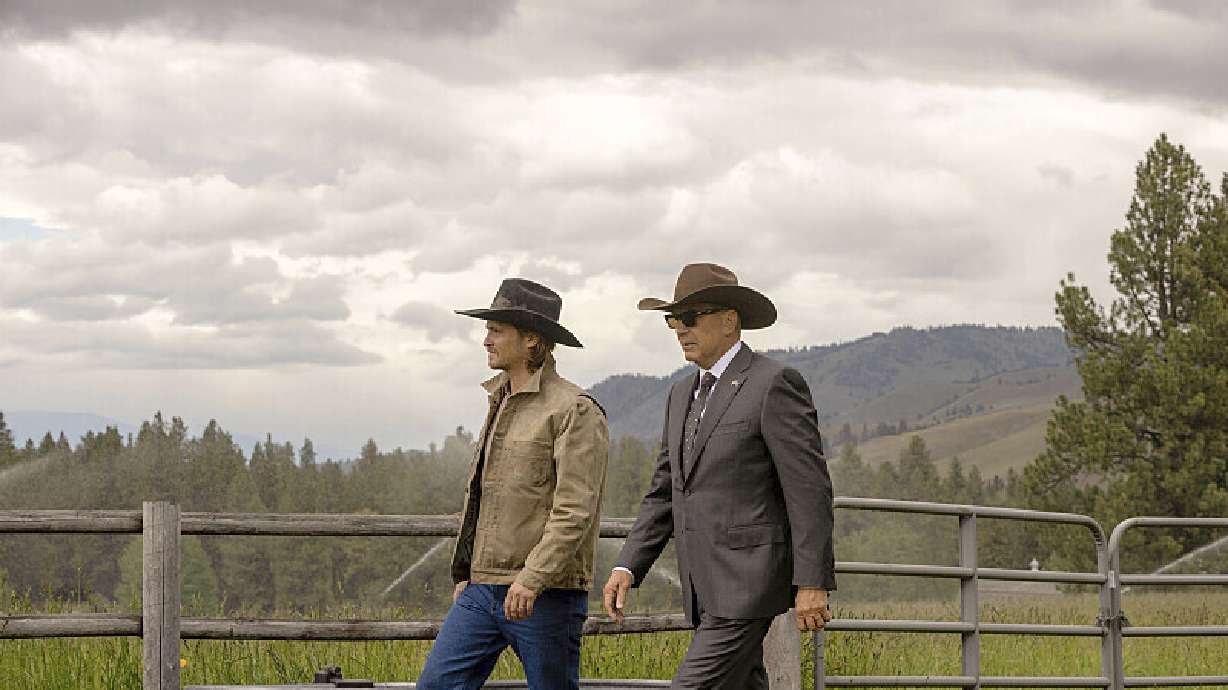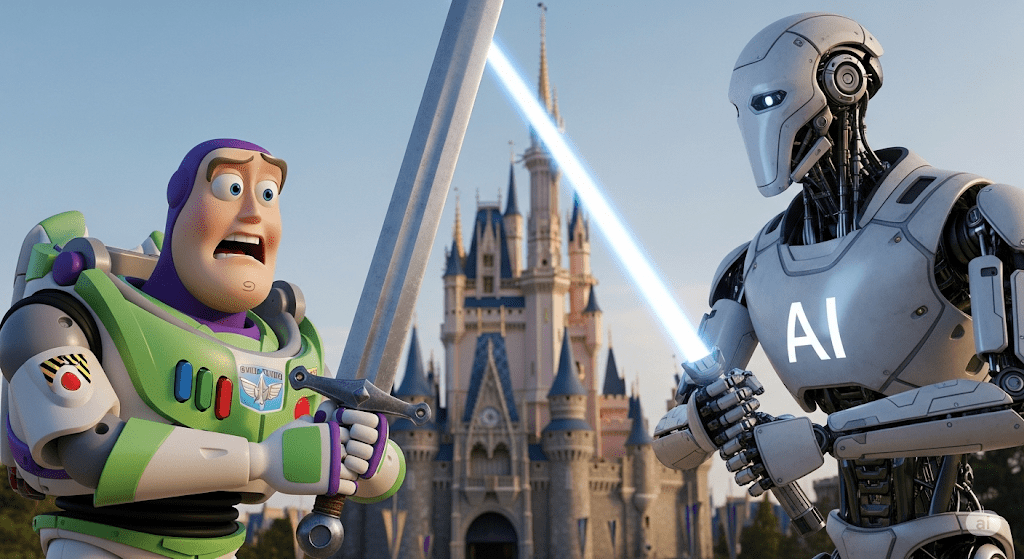In the middle of the U.K.’s surging production boom, one company has quietly become indispensable to some of the world’s biggest blockbusters. Clear Angle Studios, a global leader in 3D capture and photogrammetry, is redefining how visual effects are made—and it’s doing so from a futuristic hub inside Pinewood Studios.
If you’ve seen the gravity-defying stunts in Mission: Impossible — The Final Reckoning, marveled at the sci-fi duality of Robert Pattinson in Mickey 17, or followed the textured realism of Andor, you’ve already seen Clear Angle’s work. With proprietary scanning technology and a suite of custom-built camera rigs, Clear Angle is giving filmmakers photorealistic digital doubles, environments, props—and, perhaps most notably, the ability to capture an actor’s exact facial performance in 48 frames per second.
At the center of their innovation is “Dorothy,” an ultra-high resolution facial capture rig made up of 90 cameras—just one of three in existence. The others reside in Culver City and Atlanta, though the latter has temporarily relocated to London to meet the city’s skyrocketing demand. “There’s quite a lot of shooting here,” co-founder Dominic Ridley tells The Hollywood Reporter. “Whereas there’s not very much going on in Atlanta or L.A., at all, currently.”
Clear Angle’s services have become critical for studios looking to safely and convincingly place actors into high-risk or impossible scenarios. From digitally reconstructing stunts to scanning exotic animals for VFX use, the company’s global presence—18 full-body rigs across cities like Vancouver, Athens, Cape Town, and Budapest—makes it a vital resource in today’s globally distributed production pipelines.
While the tech dazzles, so does the scale: the company has scanned up to 300 people in a single day at Pinewood. They’ve worked across major titles including Deadpool & Wolverine, Lilo & Stitch, and How to Train Your Dragon. The data they collect is handed off to VFX vendors—but only after receiving full, informed consent from talent, Ridley emphasizes. “We give 24 hours notice, explain the system, and talent has to opt in.”
Clear Angle’s approach to data security is rigorous. “Everything’s offline, inaccessible from the outside,” Ridley says, responding to growing concerns about how actors’ likenesses are stored and used in the AI age. “We’ve never seen a case of data being reused across productions. That’s just not a thing.”
As AI tools begin blurring the line between creation and imitation, Clear Angle occupies a uniquely human-centered position: enabling the creative process with precision, while respecting the rights and agency of the people being digitized. Their role, once niche, is now central to how modern tentpoles are made—and how future content might evolve.
Ridley admits there have been financial hurdles: “Cameras, servers—it adds up. We put a house on the line to get this started.” But the bet paid off. With clients ranging from Marvel and Lucasfilm to Netflix and Apple, Clear Angle is now at the epicenter of VFX evolution.
And the demand isn’t slowing. “We hate turning people away,” Ridley says. “But we’d rather do that than stretch ourselves thin and do a poor job.”
What keeps him going isn’t just the tech. It’s the people. “Studios hire us for the data, sure. But they want to work with these people for six months. That’s what I remember. That’s what matters.”
In a landscape shaped increasingly by algorithms and automation, Clear Angle Studios is staking a claim for precision, performance—and people—at the center of Hollywood’s next great transition.
